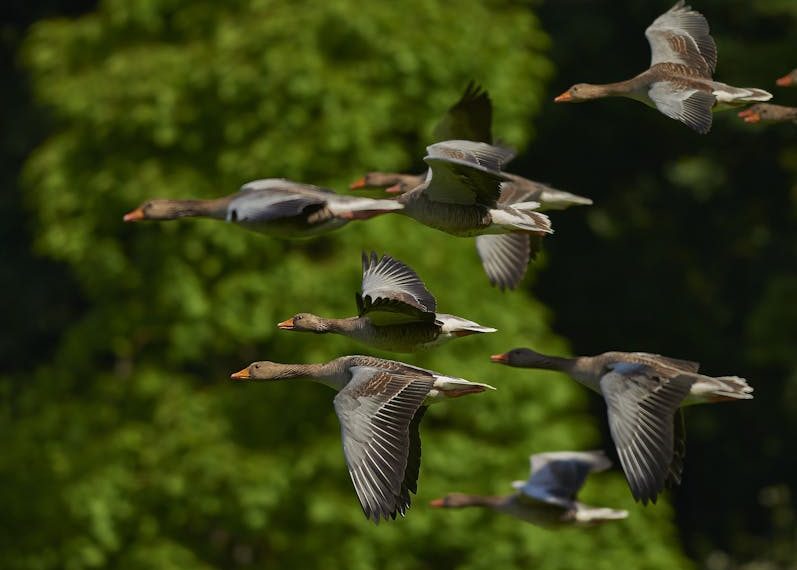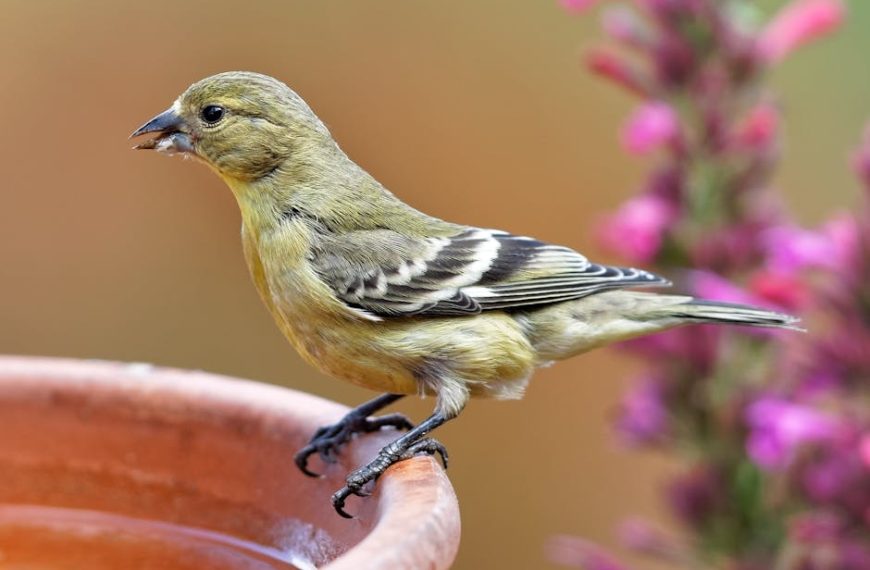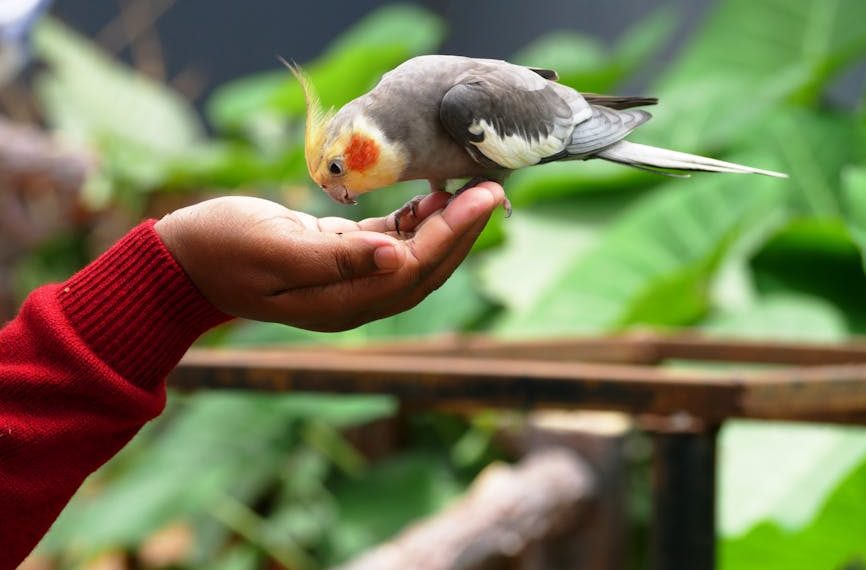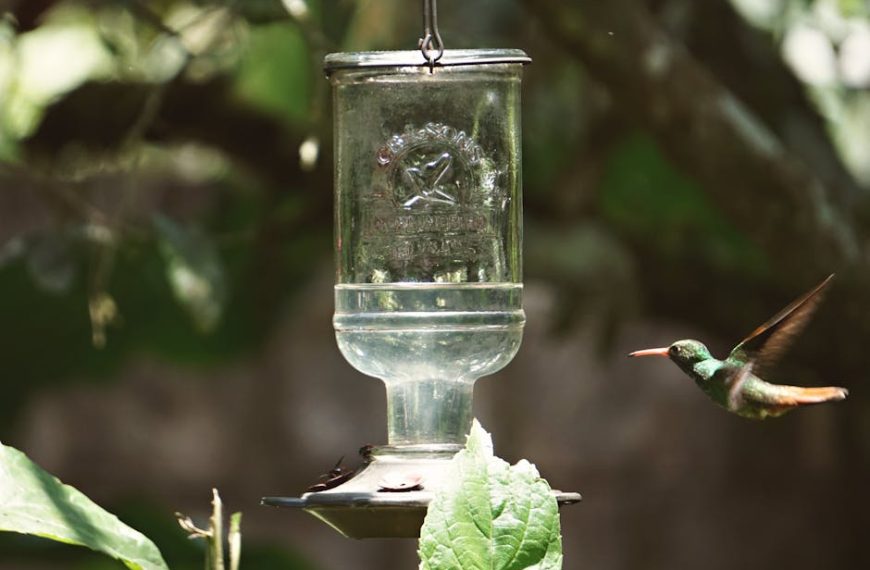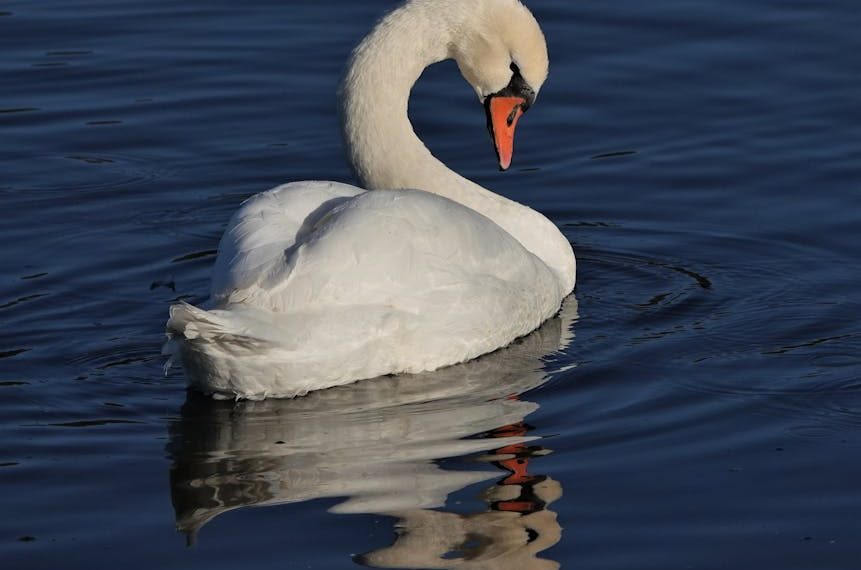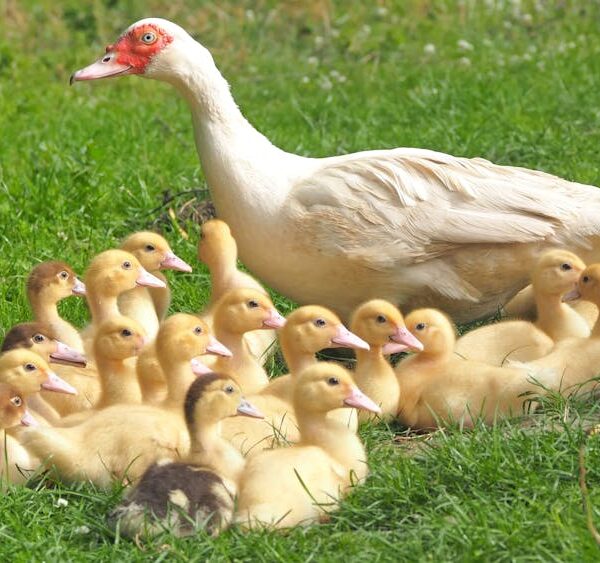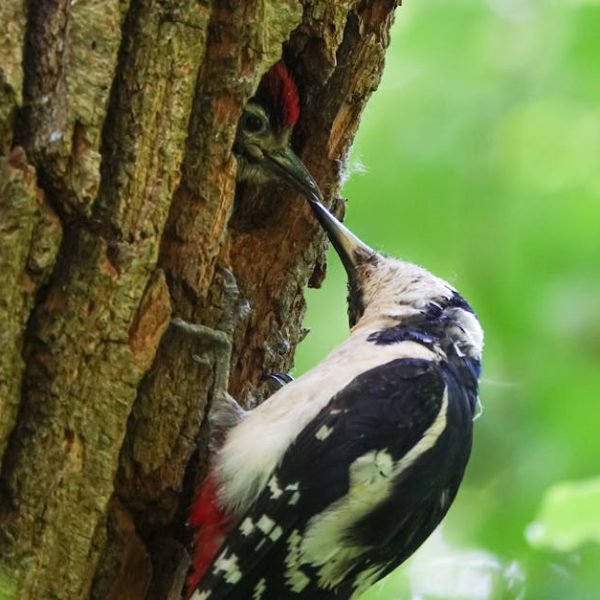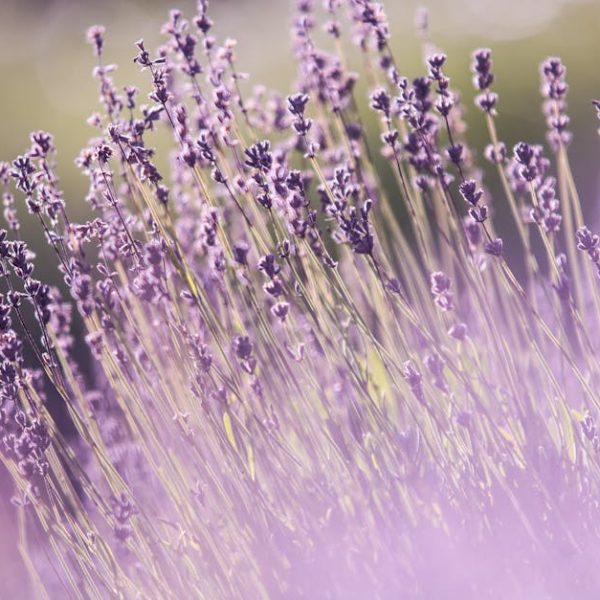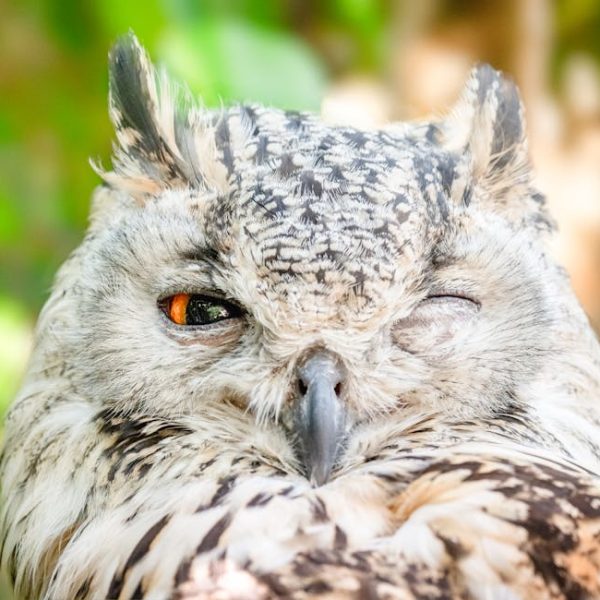The melting point of birds might not be the most expected concept to ponder, but understanding it can cast new light on these robust creatures’ survival strategies. Despite their delicate appearance, birds exhibit remarkable resilience to varying temperatures, from harsh winter lows to soaring summer highs. However, the concept of a bird’s ‘melting point’ actually describes the temperature at which these resilient creatures start to physically succumb to heat stress. This article dives deep into understanding the biochemical reasons behind birds’ surprisingly high melting points, their in-built adaptations, and the increasing challenges they face due to climate change.
Biochemical Overview: The Basis of Melting Point in Birds
Birds, like all organisms, are a sophisticated mix of various biochemical components such as proteins, fats, and cells. These elements contribute significantly to a bird’s thermal stability, providing them with their high melting points. Several parts of a bird’s biochemical makeup play a critical role in this, including:
- Proteins: Specific heat-shock proteins help in thermal tolerance.
- Fats: Store energy which can then be used to manage heat stress.
- Cells: Different cell types respond differently to high temperatures, contributing to an overall melting point.
It’s important to appreciate that the term ‘melting point’ in this context is metaphorical, used to explain the temperature at which a bird begins to suffer physical repercussions from intense heat. Contrary to common assumption, birds don’t start melting like ice cream in the sun; instead, they start showing signs of fatigue, decreased activity, or even death in acute cases.
Bird’s Natural Adaptation Strategies for Heat Stress
Nature has equipped birds brilliantly to handle varying temperatures. Their physical adaptations, like feather insulation, help preserve body heat during winter days and also act as a sunscreen during intense summer days. Birds can also regulate their body temperature by adjusting their metabolic rate, conserving and producing heat as needed. Notably, they often adopt specific heat-dissipating postures, like gular fluttering and panting, to survive hot weather.
Here are some of the distinctive adaptations that birds exhibit to handle heat stress:
- Panting: Vigorous breathing to eliminate body heat.
- Gular Fluttering: Vibrating throat muscles to increase evaporative cooling.
- Torpor: Lowering metabolic rate and body temperature for energy conservation.
In comparison to other animals, birds exhibit unique and highly efficient methods to combat heat stress. For instance, while humans and dogs pant to dissipate heat, birds have an additional mechanism of heat regulation – gular fluttering – that many other species lack.
Impacts of Heat on Birds: From Discomfort to Death
Continuous exposure to high temperatures can take a severe toll on a bird, starting with discomfort and leading to stunted growth and, in extreme situations, death due to heat stroke. To help birds during excessively hot periods, wildlife conservationists ensure that adequate water resources are available for birds to cool down and rehydrate.
However, human intervention comes with its own sets of advantages and drawbacks. One of the main benefits is that it can alleviate immediate suffering in wild birds. But, on the flip side, too much interference can make birds dependent or disorient their natural behaviors and adaptations. Consequently, while it’s essential to help these feathered creatures, maintaining a delicate balance is equally vital.
This marks the end of the first section of the article. Up next, we’ll delve into the wider environmental issues, primarily how climate change compounds the heat stress issue for birds, and the role humans can play to mitigate this.
Climate Change: Increasing Heat Stress on Bird Populations
Climate change does not operate in a vacuum and has profound consequences for interspecies relationships and ecosystems across the globe. For birds, it ushers in rising temperatures, unpredictable weather patterns, and altered habitats; pushing their thermal resilience to the limit.
Increasing heatwaves caused by climate change force birds to endure prolonged periods of high temperatures that are beyond their comfort zone. On top of that, warmer climates can result in decreased food availability as insect populations, a primary food source for several bird species, are vulnerable to extreme temperatures.
Here are some ways in which climate change impacts bird populations:
- Altered habitats: Warmer climates can change vegetation patterns, impacting bird habitats.
- Increased heatwaves: Rising temperatures enhance heat stress in birds.
- Decreased food availability: As insects fail to survive higher temperatures, the food chain for birds is interrupted.
As we delve deeper into the consequences of climate change, we are met with a stark realization – mitigation and proper measures towards counteracting the catastrophic effects of climate change are pivotal for the survival of bird populations across the globe.
Human Intervention: Helping Birds Survive Extreme Temperatures
Human intervention can play a substantial role in assisting birds during periods of extreme heat. Providing birds with easily accessible water sources during heatwaves is one immediate way of lending a helping hand. Observing bird behavior can also help identify signs of heat stress, such as excessive panting, and contact with local wildlife rescuers if birds appear to be in distress.
Here are some steps individuals can take to help birds survive high heat conditions:
- Maintain bird baths: Keeping these stations clean and full of fresh water helps birds stay hydrated.
- Provide shade: Using birdhouses or providing shaded areas can protect birds from direct sunlight.
- Monitor local birds: Observing for signs of excessive panting can help identify birds under heat stress.
When providing water, shade, and other supports for birds during heatwaves, remember to do so responsibly. Keep these helps familiar and unobtrusive, without disrupting their natural behavior and inherent resilience capacities. Remember this rule of thumb for wildlife interactions: If your actions cause the wildlife to alter their behavior, you’re probably too close. All human interventions should aim to respect, preserve, and facilitate the natural adaptations and coping mechanisms of birds, rather than disorient them.
In conclusion, understanding the melting point of birds not only unravels interesting facts about their resilience and adaptability but also reveals the formidable challenges they grapple with due to rising global temperatures. It underscores the mounting urgency of tackling climate change and the significant role humans can play in conserving these avian wonders. Whether it’s reducing our carbon footprints or helping the local bird populations during extreme heat, every action could contribute to the well-being of our feathery friends. After all, they color our world with their melodic songs and lively presence. It’s only fair we do our part in ensuring they thrive in a world that supports and respects their survival.
Key Takeaway:
- Birds possess a high ‘melting point’ or thermal threshold, owing to their unique biochemical composition of heat-shock proteins, fat stores, and varying cell reactions.
- Birds have numerous natural adaptations to manage heat stress including feather insulation, behavioral changes like panting or gular fluttering, and body temperature regulation.
- Heat stress for birds manifests as discomfort, stunted growth, and can escalate to death if exposed to intensely high temperatures for prolonged periods.
- Climate change intensifies heat stress on bird populations through increased heatwaves, altered habitats, and decreased food availability.
- Human intervention can help conserve bird populations in heatwaves by providing water and shade, observing bird behavior signs of heat stress, and alerting local wildlife rescuers when required.
Understanding and appreciating the resilience and thermal threshold of birds brings us closer to understanding the versatility of nature and its beings. It emphasizes the vulnerabilities these creatures confront due to rising temperatures and how humans can justify their stewardship role by playing an active part in conservation. So, the next time you see a flock of birds cheerfully chirping on a sunny day, remember their remarkable capabilities and do your part to help them brave extreme weather situations.
FAQs
Q: What are heat-shock proteins, and how do they help birds manage heat stress?
A: Heat-shock proteins are a group of proteins that are produced by cells in response to stressful conditions such as high temperatures. In birds, these proteins contribute significantly to their thermal tolerance and stability, thereby enhancing their ability to withstand high heat conditions.
Q: What exactly happens when a bird suffers from heat stress?
A: When birds are exposed to heat higher than their tolerance limit, they show signs of discomfort, reduced activity, and in extreme cases, heat stroke which can lead to death. Symptoms include panting, excessive water intake, loss of appetite, rapid heartbeat, and drooping wings.
Q: How does climate change affect food availability for birds?
A: Climate change can alter habitats and disrupt insect populations, which are a primary food source for various bird species. With rising temperatures, insects may struggle to survive, disrupting the food chain for birds and ultimately, negatively impacting bird populations.
Q: How can I help local bird populations during heatwaves?
A: You can contribute to aiding local bird populations in extreme heat by providing easily accessible water sources, offering shaded areas to protect them from direct sunlight and observing them for signs of heat stress.
Q: What should I do if I see a bird in distress due to heat?
A: If you notice a bird showing signs of heat stress, such as excessive panting or unresponsiveness, contact local wildlife rescuers who are professionally trained to assist. It’s important not to handle wild birds yourself as it could cause more harm than good.
Stay curious about the world around you. Remember, every nugget of knowledge you gain adds to your understanding of the world and its diverse ecosystems. Share this article with other wildlife enthusiasts and explore more posts on our website. Know more, conserve more!

